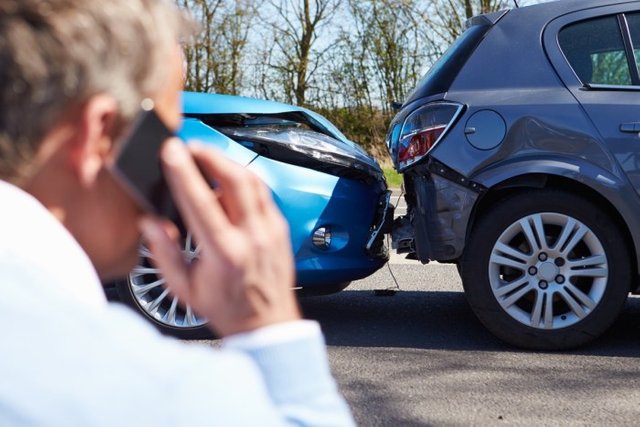The previous decade has introduced some fantastic technology as well as issues which have highly disordered the traditional attitude toward insurance. As a result, firms are battling to come up with effective solutions that can match the current technological, political, and economic climate. Of major concern has been on how the insurance companies are to respond to these changes since some of them are highly complex in nature. In this article, the major focus will be on the emergence of driverless cars and how this technology is giving the motor insurance industry a hard bone to chew.
Driverless cars
The conception of having self-driving cars is no longer an idea in the United States. Various companies have already released their version of this type of car and many more others are yet to commence commercial manufacturing. general motors, which is one of the largest manufactures of cars, is set to release its first car this year(2019) which will not have steering wheels nor pedals. This is one of the huge technological milestone of the century which has been implemented so far. However, the emergence of driverless cars has not been welcomed well by auto insurers. The reason being that there are many questions yet to be answered with only speculations available at the moment. The two main concerns by insurance providers in regards to self-driving cars are who will pay for the costs in case of an accident and how premiums will be determined.

Payment for accident-related expenses
In absence of a human being driver, the process of associating responsibility in case of an accident becomes difficult. Currently, when two or more vehicles are involved in an accident, the driver at fault is held liable for all the costs related to the accident. However, the big elephant in the room comes whereby a computer is a driver. In such a case, it becomes difficult to determine who will be responsible for settling the costs of damages caused by an accident. This has left more speculations in the industry with some people saying that there will be a shift from the insured to the manufacturers of the cars or developers of the technology being used.
Determination of premium rates
The insurance premiums reflect the magnitude and frequency of the speculated risk. When the chances of risk are high, the premium rates tend to be high and vice versa is true. Therefore, for effective determination of the premium, insurance providers have to carry out intensive research on the degree of risks associated with such type of cars. So far, it has been proven that 95% of the accidents associated with the self-driving cars are as a result of human errors. This, therefore, postures the likelihood of having reduced insurance premium. however, it is good to understand that this version of cars might not have a significant impact on the cheap motor trade insurance which focuses on covering the activities along the supply chain of motor vehicles.